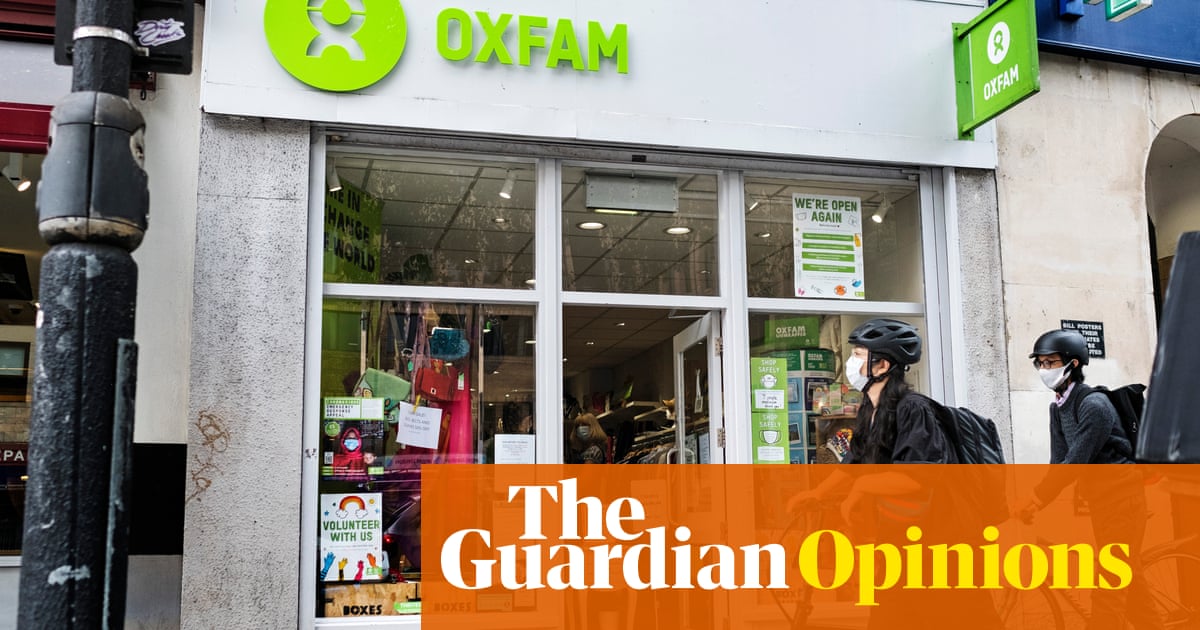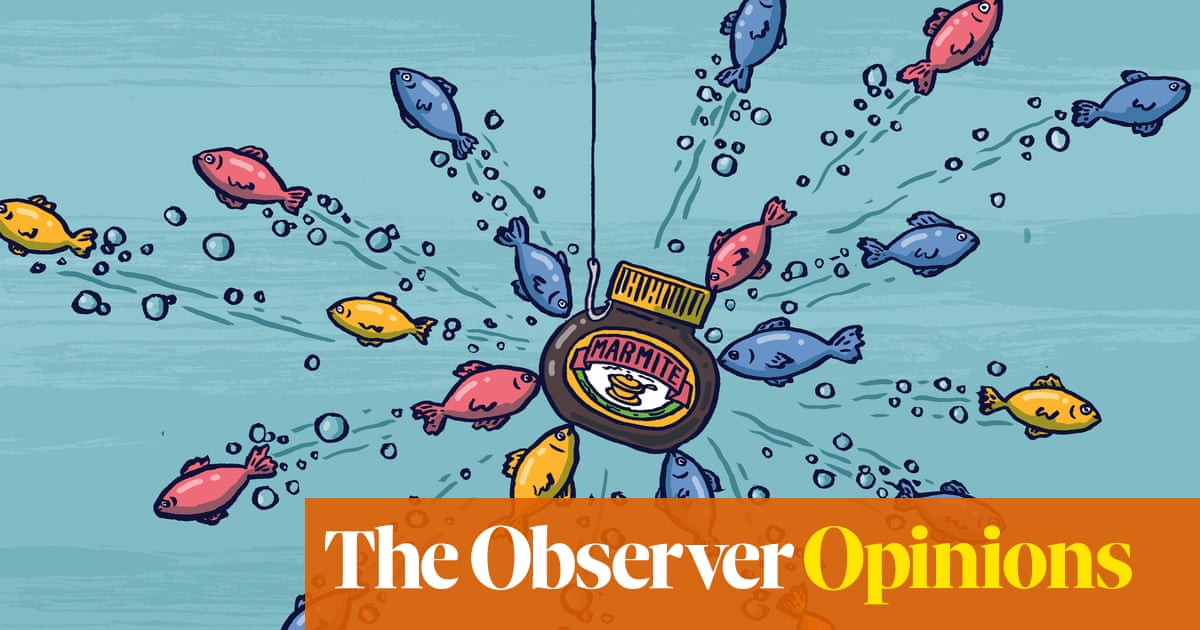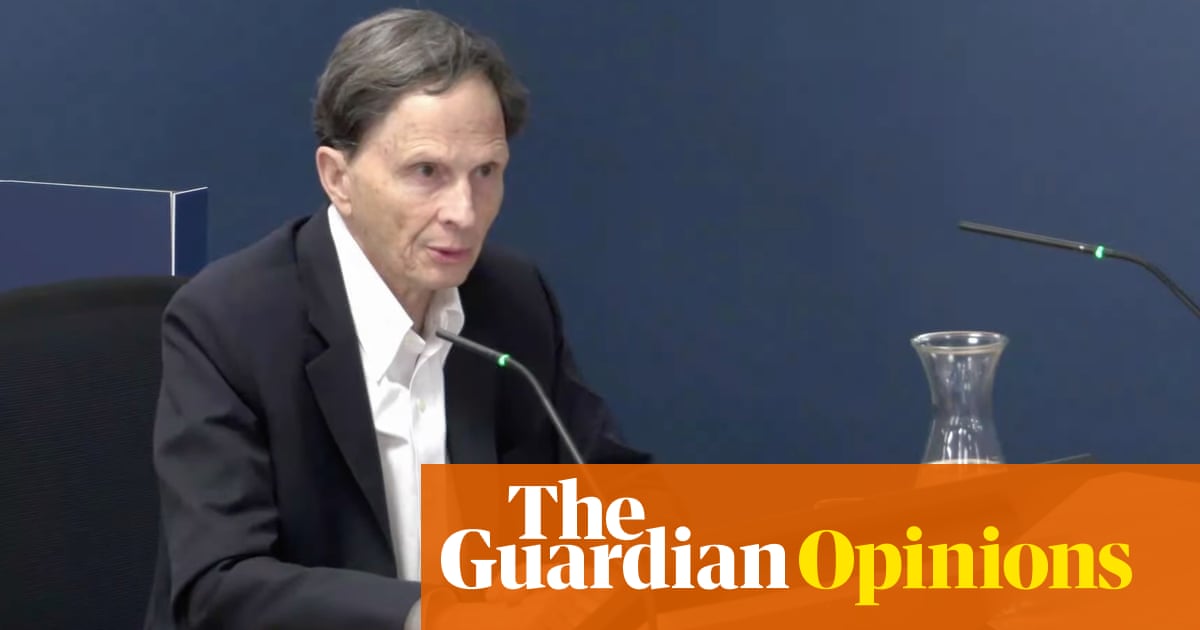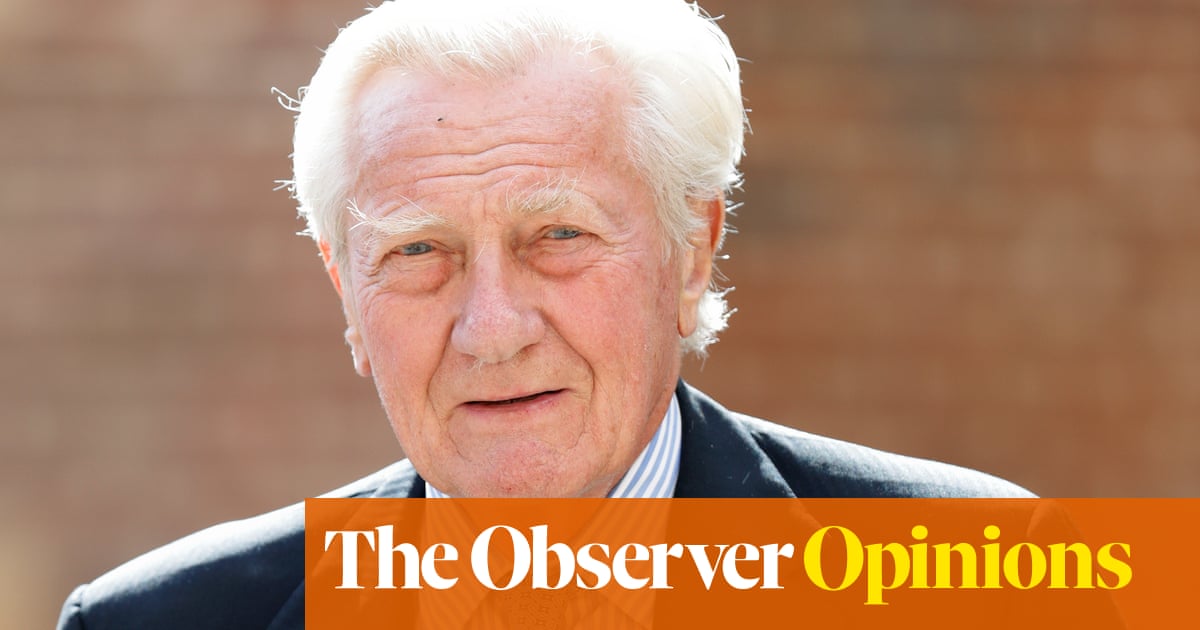
Populism is never quite as popular as it looks. Or at least, people can only take so much of it before needing a break.
That’s one lesson to draw from the slow-motion car crash of GB News, which had lost much of its audience long before losing its star presenter, Andrew Neil. Being angry round the clock is exhausting, to the point where even the most committed cultural warrior sometimes just wants to relax with a nice episode of Countdown. GB News seemingly failed to recognise that in time. But the Conservative party, judging by the last few weeks, is more alert to the problem.
Remember Chesham and Amersham – that brief flicker of hope for progressives back in June, after the Tories lost the byelection to the Liberal Democrats right in their Buckinghamshire heartlands? All the talk of a liberal-left alliance smashing through a “blue wall” of seats where soft Tory voters had started to feel taken for granted seems a long time ago now. Boris Johnson, however, hasn’t forgotten. The Lib Dems are at best stagnating in national polling. But they remain a potential threat to him in relatively prosperous commuter towns whose resident Tories voted remain, don’t like picking fights with Marcus Rashford over free school meals, and worry that culture wars are making their party look toxic.
This breed of Tory wouldn’t take the knee but rather warmed to Gareth Southgate, especially when England started winning. They grumble about the BBC or political correctness gone mad but they’re not on Twitter (too shouty), they diligently wear their masks in Waitrose, and they’re at least trying to understand why their teenage children think they’re wrong about everything.
On holiday in Cornwall they always buy something from the RNLI shop to support those volunteer crews going out in all weathers, so whatever their views on immigration they thought Nigel Farage was wrong to attack lifeboat crews for rescuing drowning refugees from the Channel.
Their views on the big issues can seem hopelessly inconsistent, even incoherent by standard party measures. They want more money for public services but not the tax rises to pay for it; they worry about their children being unable to get on the property ladder but ferociously resist housebuilding in their own backyards; and they combine surprisingly radical views on some social issues (recent polling shows older people are just as worried as Generation Z about the climate crisis) with conservative views on others. But, over the summer, Downing Street has been fine-tuning its approach towards what are sometimes described as “cross-pressured” voters, hard to pigeonhole ideologically. And this reshuffle was, at least in part, about delivering for them.
On education, Tory voters’ biggest worry now is their children and grandchildren missing school again because of Covid; fighting about cancel culture in universities can wait. So Gavin Williamson’s replacement as education secretary isn’t Kemi Badenoch, the pugnacious equalities minister heavily backed by Downing Street’s culture-warrior faction, but Nadhim Zahawi, the former vaccines minister, with a soothing radio manner and reputation for getting things done.
Even the new culture secretary, Nadine Dorries, is a more complex proposition than her views on tearing down statues (which she doesn’t like) and bashing the BBC (which she does) suggest. She made unexpected friends in her old Department of Health job by focusing on neglected women’s health issues, including menopause. Now she must deal with the planned privatisation of Channel 4, which, instead of delighting the kind of Tory who hates the news presenter Jon Snow, seems to be alarming the kind who loves Kirstie Allsopp, the Location Location Location presenter campaigning vigorously to save the channel. (Three-quarters of Tory voters oppose privatisation, according to a survey commissioned by Channel 4, with many worrying about it falling into foreign hands.) Dorries’s predecessor, Oliver Dowden, in turn, becomes chief fixer at the Cabinet Office, with a brief not to pick fights but to make them go away.
Meanwhile, it’s out with the unsubtle Robert Jenrick, whose plans for a housebuilding free-for-all were just what No 10 thought it wanted (and certainly what frustrated would-be first-time buyers did) until it cost the Tories council seats in Surrey, Oxfordshire and Buckinghamshire. Michael Gove, who represents a Surrey seat, is now charged with finding some magic compromise that unites all these conflicting desires.
It’s not by any stretch of the imagination a shift back to the centre – not with Priti Patel still occupying the Home Office – and it’s barely any clearer what the prime minister actually wants to do with his huge majority, except not lose it. This cabinet is ideologically difficult to read, a mishmash of those personally loyal to Johnson and those who know which side their bread is buttered on. But in that, it may mirror its target voters surprisingly closely.
The Conservative party exists to mutate and evolve, to be both intensely ideological and intensely pragmatic depending on what the situation requires, and shameless about ditching anything that isn’t working. What Boris Johnson does unusually successfully and Keir Starmer does not – unfortunately for everyone concerned, given it’s a good strategy for campaigning and a rotten one for governing in situations where real lives are at stake – is focus on two or three things that stick in ordinary voters’ heads enough to blind them to the surrounding mess. More money for the NHS; vaccines will save us; life in commuter-belt England will continue much as it always has. The glaring inconsistencies in all this will start catching up with them eventually, which is why most Tory MPs now expect an early election. But for now, the left shouldn’t underestimate how quickly the battleground is shifting beneath its feet.
Gaby Hinsliff is a Guardian columnist












